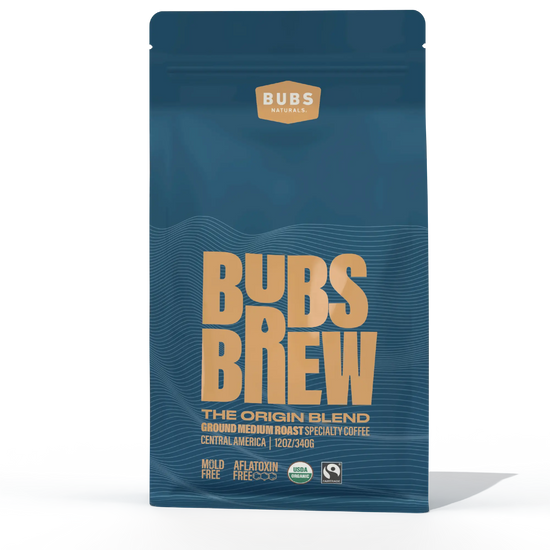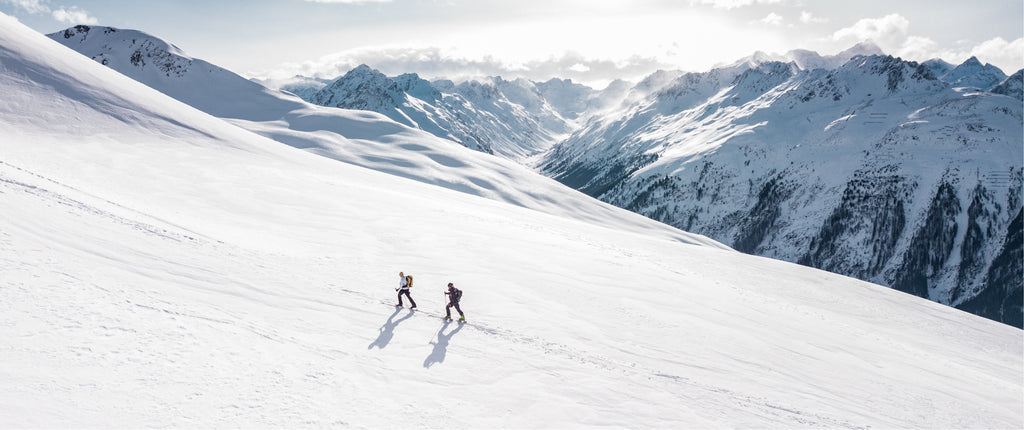Table of Contents
- Introduction
- The Basics of Caffeine in Coffee
- Brewing Methods and Their Impact on Caffeine Levels
- The Role of Caffeine Tolerance and Sensitivity
- Health Benefits and Considerations
- Conclusion
- FAQ
Coffee lovers often muse about their favorite brew, but one question tends to pop up more than others: how much caffeine is in a cup of coffee? The answer may not be as straightforward as you think. As we sip our morning cup (or two) of joe, understanding the nuances of caffeine content can help us make informed decisions about our consumption.
In fact, caffeine is one of the most widely consumed psychoactive substances globally, and its presence in coffee is a significant part of our daily routine. But how much caffeine actually lies in that beloved cup? Is it more than you anticipated?
In this blog post, we’ll explore the factors that influence caffeine content, the differences between various types of coffee, and how to navigate your consumption for optimal wellness. By the end, you'll not only have a clearer picture of how much caffeine you're getting from your favorite brew, but you'll also learn how our choices can align with a balanced lifestyle—an ethos we proudly support at BUBS Naturals.
Introduction
Did you know that the average American consumes about 3 cups of coffee daily? That’s nearly 400 milligrams of caffeine! While coffee is often celebrated for its energizing effects, understanding how much caffeine is actually in your cup is crucial for maintaining a healthy balance.
Caffeine levels can vary significantly based on several factors, including the type of coffee bean, brewing method, and even the size of your cup. This variability can lead to confusion when trying to determine how much caffeine you’re actually consuming.
In this post, we'll delve into the specifics of caffeine content in various types of coffee, how brewing methods affect this content, and what to watch for regarding your daily caffeine intake. We’ll also discuss the broader implications of caffeine consumption and how we can harness its benefits while minimizing potential downsides—all in line with our mission at BUBS Naturals to promote wellness and provide clean, functional supplements.
So, let’s embark on this caffeinated journey together, and discover the true nature of caffeine in our favorite beverages!
The Basics of Caffeine in Coffee
Understanding Caffeine
Caffeine is a natural stimulant that affects the central nervous system. It temporarily wards off drowsiness and restores alertness. Found in various plants, it's most commonly associated with coffee beans, tea leaves, and cacao pods.
What’s in a Cup?
When we refer to a "cup" of coffee, the standard measurement is often 8 ounces. However, depending on where you are in the world, serving sizes can vary. In the United States, a coffee shop might serve a "medium" cup that is actually 12 ounces or more.
The caffeine content in a typical 8-ounce cup of brewed coffee can range from 70 to 140 mg, with an average around 95 mg. However, this is just the beginning of what affects caffeine levels.
Factors Influencing Caffeine Content
-
Type of Coffee Bean:
- Arabica beans generally have less caffeine than Robusta beans. For instance, a cup made from Arabica beans may contain about 80-100 mg of caffeine, while one made from Robusta can contain 100-200 mg.
-
Brewing Method:
- The extraction process can significantly affect caffeine levels. For example, espresso has a higher caffeine concentration per ounce but is typically served in smaller volumes (about 63 mg per ounce). In contrast, brewed coffee extracts caffeine over a longer period, leading to varying results based on brewing time and method.
-
Serving Size:
- As previously mentioned, the actual volume of your coffee can skew the caffeine content. A larger cup will inherently contain more caffeine, so it's crucial to consider both the size and type of coffee being served.
The Average Caffeine Content in Different Coffee Types
| Coffee Type | Caffeine Content (mg per 8 oz) |
|---|---|
| Brewed Coffee (Drip) | 70 - 140 |
| Espresso (1 oz shot) | 63 |
| Instant Coffee | 30 - 90 |
| Decaf Coffee | 2 - 15 |
| Cold Brew Coffee | 100 - 200 |
| Coffee Shop Brewed (varies) | 95 - 200 |
Brewing Methods and Their Impact on Caffeine Levels
Drip Coffee
Drip coffee, the most common brewing method in many homes and offices, involves pouring hot water over ground coffee beans. The longer the coffee grounds are in contact with water, the more caffeine is extracted. This method typically yields about 95 mg of caffeine per 8-ounce cup.
Espresso
Espresso is brewed using high-pressure water forced through finely ground coffee. A typical 1-ounce shot contains around 63 mg of caffeine. However, since it’s often served in smaller sizes, the total caffeine consumption in espresso-based drinks can vary widely depending on how many shots are used.
Instant Coffee
Instant coffee is made from brewed coffee that has been dehydrated into granules. Typically, it contains less caffeine than brewed coffee, averaging around 30-90 mg per cup, depending on the brand and preparation method.
Cold Brew
Cold brew coffee is made by steeping coarse coffee grounds in cold water for an extended period, usually 12 to 24 hours. It tends to be higher in caffeine, with some varieties containing 100-200 mg of caffeine per 8-ounce serving due to the prolonged extraction process.
The Role of Caffeine Tolerance and Sensitivity
Understanding Your Own Tolerance
Caffeine affects individuals differently. Factors such as genetics, lifestyle, and even dietary habits can influence how your body metabolizes caffeine. Some people may experience heightened alertness and energy from just one cup, while others may require several cups to feel the same effects.
Recommended Daily Limits
Health experts, including the FDA, recommend that most adults limit their caffeine intake to 400 mg per day, which is roughly equivalent to 4 cups of brewed coffee. However, those who are pregnant, breastfeeding, or have certain medical conditions should discuss their caffeine intake with a healthcare provider.
Health Benefits and Considerations
The Upsides of Caffeine
Moderate coffee consumption has been linked to several potential health benefits, including:
- Increased Alertness: Caffeine can improve focus and attention.
- Enhanced Physical Performance: Caffeine stimulates the release of adrenaline, which can enhance physical performance.
- Rich in Antioxidants: Coffee is a significant source of antioxidants, which can help combat oxidative stress.
The Downsides of Excessive Caffeine
While caffeine can have its benefits, consuming too much can lead to negative side effects, including:
- Anxiety and Restlessness: Excessive caffeine can cause jitters and feelings of anxiety.
- Insomnia: Caffeine can disrupt sleep patterns if consumed too late in the day.
- Digestive Issues: For some, coffee can exacerbate symptoms of acid reflux or GERD.
Conclusion
In conclusion, understanding how much caffeine is in a cup of coffee involves considering multiple factors, including the type of coffee bean, brewing method, and serving size. As we navigate our coffee consumption, it’s essential to listen to our bodies and find the right balance that promotes wellness and aligns with our lifestyle.
At BUBS Naturals, we believe in the power of clean, functional nutrition to support our active lives. Whether it's our premium Collagen Peptides, which you can integrate into your coffee routine for added benefits, or our nourishing MCT Oil Powder for sustained energy, we’re here to help you on your wellness journey.
Explore our full range of products and see how we can support your adventure in health and wellness.
FAQ
1. How much caffeine is in a typical cup of coffee?
A typical 8-ounce cup of brewed coffee contains about 95 mg of caffeine, but this can range from 70 to 140 mg depending on various factors.
2. Does dark roast coffee have more caffeine than light roast?
Contrary to popular belief, light roast coffee actually contains slightly more caffeine than dark roast due to the roasting process.
3. How does brewing method affect caffeine content?
Different brewing methods extract caffeine at varying rates. For instance, espresso has a high concentration of caffeine but is served in smaller amounts, whereas cold brew coffee can have a higher caffeine content due to longer extraction times.
4. Is decaffeinated coffee completely caffeine-free?
No, decaffeinated coffee still contains some caffeine, typically ranging from 2 to 15 mg per 8-ounce cup.
5. How much caffeine is safe for daily consumption?
Health experts recommend limiting caffeine intake to 400 mg per day for most adults, while those who are pregnant or have specific health concerns should consult with a healthcare provider.
By understanding these nuances, we can make more informed choices about our caffeine consumption, aligning our coffee habits with our wellness goals. Together, let’s embrace the adventure of health with clarity and purpose!
Written by:

Origin Blend Coffee | Medium Roast
Starts at $17.95
Shop

